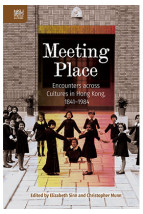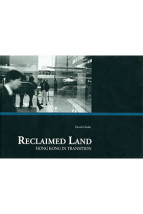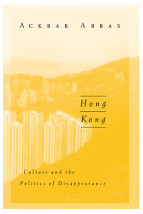Hong Kong Culture
Word and Image
(香港文化:文字和圖像)
ISBN : 978-988-8028-41-2
July 2010
324 pages, 6″ x 9″, 56 b&w illus.; 1 chart
- HK$195.00
Ebooks
Hong Kong as a world city draws on a rich variety of foundational “texts” in film, fiction, architecture and other forms of visual culture. The city has been a cultural fault-line for centuries—a translation space where Chinese-ness is interpreted for “Westerners” and Western-ness is translated for Chinese. Though constantly refreshed by its Chinese roots and global influences, this hub of Cantonese culture has flourished along cosmopolitan lines to build a modern, outward-looking character. Successfully managing this perpetual instability helps make Hong Kong a postmodern stepping-stone city, and helps make its citizens such prosperous and durable survivors in the modern world. This volume of essays engages many fields of cultural achievement. Several pieces discuss the tensions of English, closely associated with a colonial past, yet undeniably the key to Hong Kong’s future. Hong Kong provides a vital point of contact, where cultures truly meet and a cosmopolitan traveller can feel at home and leave a sturdy mark. Contributors include John Carroll, Carolyn Cartier, David Clarke, Elaine Ho, Douglas Kerr, Michael Ingham, C. J. W.-L. Wee, Chu Yiu-Wai, Gina Marchetti, Esther M.K. Cheung, Pheng Cheah, Chris Berry, and Giorgio Biancorosso.
“Does Hong Kong culture still matter? This informative and interdisciplinary volume proves unmistakably so. It stands as an essential Hong Kong reader, a rich resource not only for those specialized in Hong Kong culture and history but also for students, teachers and researchers interested in cosmopolitanism, postcolonial conditions, as well as cultural globalization.” —Laikwan Pang, The Chinese University of Hong Kong
“A very timely, ambitious and fascinating book. The essays are based on solid research, and full of theoretical or analytical insights illustrating the complexity of social and cultural life in Hong Kong. In addition to offering excellent essays on Hong Kong cinema, the book also surveys alternative performance art and documentary, which are undoubtedly the least researched aspects of Hong Kong’s cultural scene.” —Law Wing Sang, Lingnan University







